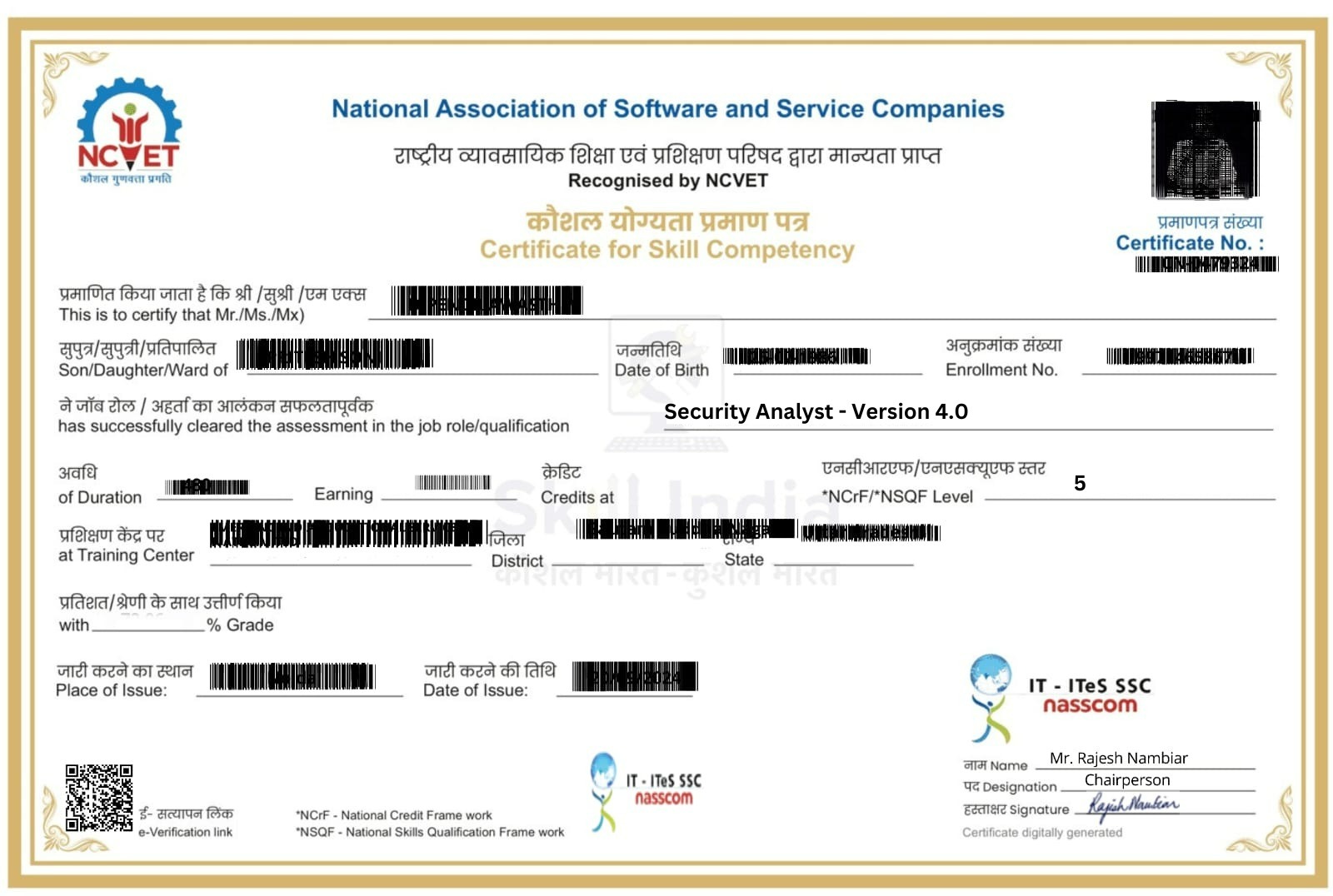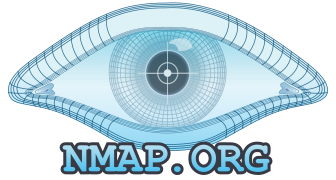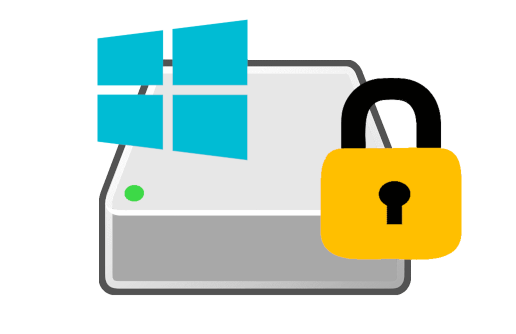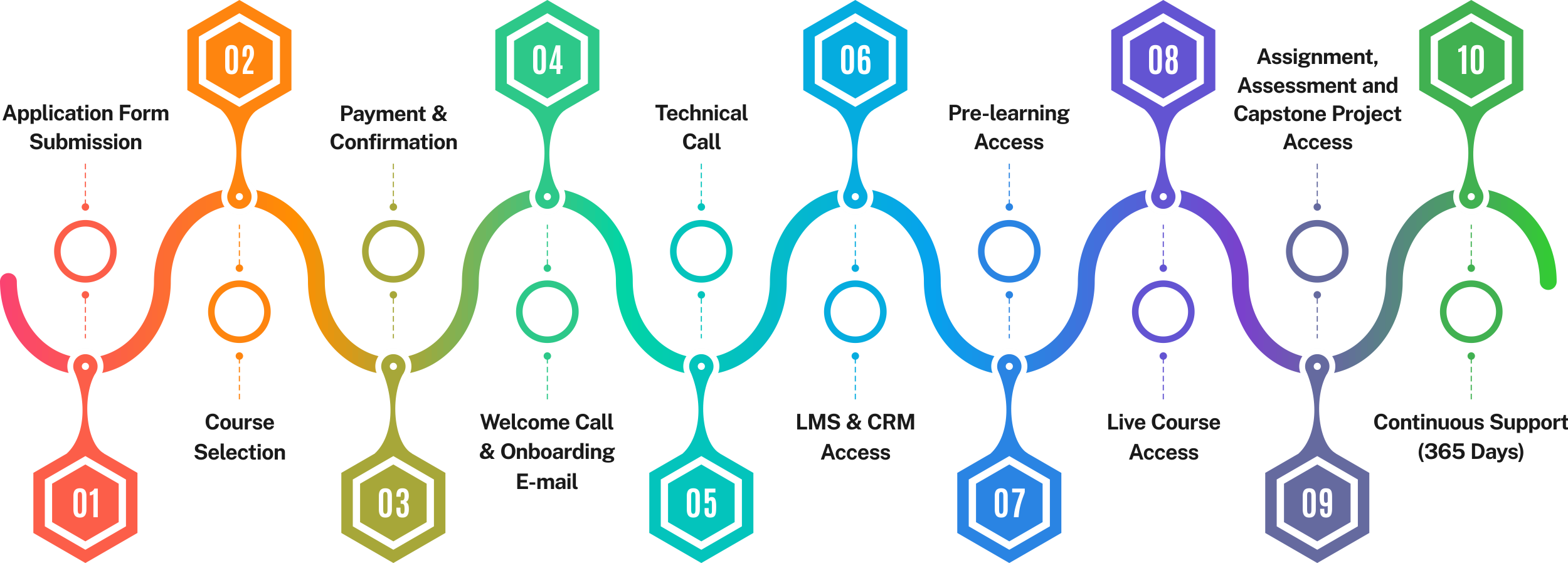Cyber Security
Beginner to Mastery
Advanced Cybersecurity and Threat Management Certification
Comprehensive Cybersecurity Foundation
Vulnerability Assessment Skills (VAPT) with Burp Suite, Nessus, Metasploit
Incident Response and Forensic Training
SOC Operations and Threat Monitoring using SIEM tools like Splunk

Course Duration
550 Hours
Next Batch
23 November 2025
Course Material
Live. Online. Interactive.
Compliance and Governance Awareness (ISO standards, GRC frameworks)
Hands-On Simulations (cyberattacks, phishing, malware analysis)
Career Preparation for Security Analysts, SOC Engineers, and Cyber Forensic Experts
Latest Tools & Technologies (practical exposure to SIEM, IDS/IPS, and other security tools used in the industry).

KEY HIGHLIGHTS OF ADVANCED CYBERSECURITY AND THREAT MANAGEMENT CERTIFICATION PROGRAM
- Weekly sessions with industry professionals
- Dedicated Learning Management Team
- 550 hours of hands-on learning experience
- Over 185 hours live sessions spread across 8 months
- 185 Hours of Class Recording with Lifetime Access
- Pre-Learning Material: 70 Hours
- Learn from IIT Faculty & Industry experts
- More than 40+ industry-related projects and case studies
- Personalised mentorship sessions with industry experts
- 24*7 Support
- Dedicated Learning Management Team
- No-Cost EMI Option
- Designed for both working professionals and fresh graduates
- High Demand and Career Opportunities
- Competitive Edge and Innovation
- Problem-Solving and Critical Thinking
WHY JOIN ADVANCED CYBERSECURITY AND THREAT MANAGEMENT CERTIFICATION PROGRAM?
Comprehensive Learning
Gain a broad understanding of essential data science and AI tools, from foundational skills to advanced techniques.
Real-World Application
Apply theoretical knowledge to practical projects, preparing you for real-world data challenges.
Cutting-Edge Skills
Stay ahead in the industry with training in the latest technologies like Generative AI and advanced Big Data tools.
Career Growth
Enhance your qualifications and open doors to high-demand roles in data science, AI, and Big Data.
UPCOMING BATCH:
23 November 2025

SkillzRevo Solutions
30 MINUTE MEETING
Web conferencing details provided upon confirmation.
Corporate Training, Enterprise training for teams
Batch schedule
| Batch | Batch Type |
|---|---|
| Online Live Instructor Led Session | Full-Time |
| Online Live Instructor Led Session | Part-Time |
Regional Timings
| Batch | Batch Type |
|---|---|
| IST (India Standard Time) | 09:00 PM–12:00 AM |
| Bahrain, Qatar, Kuwait, Saudi Arabia | 06:30 PM–09:30 PM |
| UAE / Oman | 07:30 PM–09:00 PM |
Advanced Cybersecurity and Threat Management Certification OVERVIEW
The Advanced Cyber Safety and Danger Management Certification Program (ACSTMCP) is a comprehensive training program designed to specialize in cyber defense, danger intelligence, network security and moral hacking. The program includes compliance with global security standards such as SOC operations, SIM implementation, admission tests, forensic checks and ISO and NIST. Participants will get the threat, firewall management, prevention of infiltration, vulnerable evaluation with Nesus and experience in cryptographic security. With the study of the real -world case, safety simulation and a strong attention to practical laboratories, this certification ensures that the learners develop both aggressive (ethical hacking, penetration testing) and defensive (event reaction, danger mitigation) cyber security skills. Whether you are an IT professional, cyber security expert, or aspiring for moral hackers, this program prepares you to combat cyber threats, increase security flexibility and protect important infrastructure.
ENROLL NOW & BOOK YOUR SEAT AT FLAT 50% WAIVER ON FEE
Enroll Now →Advanced Cybersecurity and Threat Management Certification Objectives
The Advanced Cybersecurity and Threat Management Certification Program aims to develop professionals with expertise to effectively identify, prevent and respond to the threats of cyber security. The program focuses on security operations, threat intelligence, ethical hacking and network security, ensuring that participants ensure that they achieve skills on hand in compliance with SOC operations, SIEM deployment, penetration testing, forensic investigation, and compliance with global security frameworks like ISO and NIST.By the end of the course, the learners will be able to analyze and reduce cyber threats, configure firewalls and infiltration prevention systems, conduct vulnerability assessments using devices such as Nessus, conduct forensic checks, and apply cryptographic security measures. With a strong emphasis on real -world case studies and simulation on hand, this certification prepares participants for important roles in cyber security, making them able to protect organizational security and protect against developing cyber threats.
Enroll Now →Why Learn Advanced Cybersecurity and Threat Management Certification ?
High Demand for Cybersecurity Experts
With rising cyber threats, organizations are actively seeking skilled professionals to secure their systems and data.
Comprehensive Skill Development
Gain expertise in Security Operations, Threat Intelligence, Ethical Hacking, and Incident Handling to protect networks from cyber threats.
Hands-on Training
Work with industry-standard tools like Splunk (SIEM), Nessus (Vulnerability Assessment), and Firewalls to develop practical cybersecurity skills.
Real-World Application
Learn through case studies, security simulations, and forensic investigations, ensuring you can tackle real-world security challenges.
Program Advantages
Covers Security Operations, Ethical Hacking, Threat Intelligence, Incident Handling, and Forensic Investigation in this program.
Practical labs, real-world case studies, and security simulations ensure industry-relevant, job-ready skills.
Designed by cybersecurity professionals to align with industry standards and best practices like ISO and NIST.
Gain experience with SIEM (Splunk), Nessus (Vulnerability Assessment), Firewalls, Intrusion Detection Systems, and Cryptographic Security.
Prepares learners for high-demand cybersecurity roles such as SOC Analyst, Cybersecurity Engineer, Penetration Tester, and Ethical Hacker.
Enhances credibility and improves job prospects in top organizations worldwide.
Keeps learners ahead in the ever-evolving field of cybersecurity with the latest tools and threat mitigation techniques.
Cybersecurity is a continuously evolving field, and this program equips you with the latest skills and knowledge to stay ahead.

Advanced Cybersecurity and Threat Management Certification program Certifications

Nasscom

Course Completion

Project Completion
Advanced Cybersecurity and Threat Management Certification Curriculum
Advanced Cybersecurity and Threat Management Certification Skills Covered
Advanced Cybersecurity and Threat Management Certification Tools Covered




















Advanced Cybersecurity and Threat Management Certification Program Benefits

CAREER OPPORTUNITIES AFTER THIS COURSE
cyber Threat Intelligence Analyst Salary Range
Min
$85,000
Average
$120,000
Max
$185,000

Projects that you will Work On
Practice Essential Tools
Designed By Industry Experts
Get Real-world Experience
Capstone Projects of this Program
Job Obligation After This Course
WE CAN APPLY FOR JOBS IN
Conduct security assessments and penetration tests.
Identify and mitigate vulnerabilities in systems and networks.
Monitor and respond to security incidents.
Implement and manage cybersecurity policies and frameworks.
Ensure compliance with security standards such as ISO 27001, GDPR, and NIST.
Perform risk analysis and develop mitigation strategies.
Companies Hiring for this Course
















































































































Admission Process
The application process consists of three simple steps. An offer of admission will be made to selected candidates based on the feedback from the interview panel. The selected candidates will be notified over email and phone, and they can block their seats through the payment of the admission fee.
Course Fees & Financing
We partnered with financing companies to provide competitive finance options at 0% interest rate with no hidden costs.


UPCOMING BATCHES/PROGRAM COHORTS
| Batch | Date | Time (IST) | Batch Type |
|---|---|---|---|
| Online Live Instructor Led Session | 23 November 2025 | 9 PM to 12 AM | Batch 1 |
| Online Live Instructor Led Session | 30 November 2025 | 9 PM to 12 AM | Batch 2 |
COMPARISON WITH OTHERS
| Feature | Our Course | COMPETITOR A | COMPETITOR B |
|---|---|---|---|
| Duration | 8 months (550+ hours) | 40 hours | 4-6 months (varies by course) |
| Learning Mode | Live + Recorded Sessions + Hands-on Labs | Self-paced + Live | Self-paced |
| Hands-on Labs | Real-world simulations (Phishing, Malware, SOC setup, Forensics) | Limited | Basic labs |
| Capstone Projects | SOC Setup, Phishing Simulation, Forensic Analysis | No capstone projects | No capstone projects |
| Topics Covered | Ethical Hacking, Threat Management, Incident Response, VAPT, SIEM, GRC, Compliance | Ethical Hacking, Penetration Testing | Security Basics, Network Security, & Attacks |
| Industry Tools Covered | Splunk, Nessus, Metasploit, Burp Suite, Wireshark | Kali Linux, Metasploit, Burp Suite | None |
| Placement & Career Support | Dedicated LMS, Career Guidance, Mock Interviews | No career support | No career support |
| Financing & EMI Options | Available (No-cost EMI) | No EMI options | Some financing options available |
